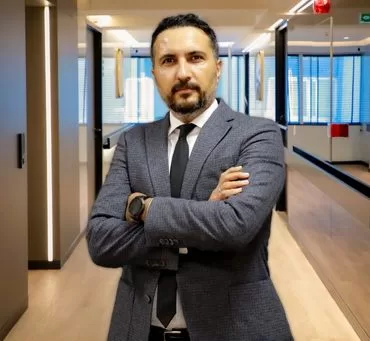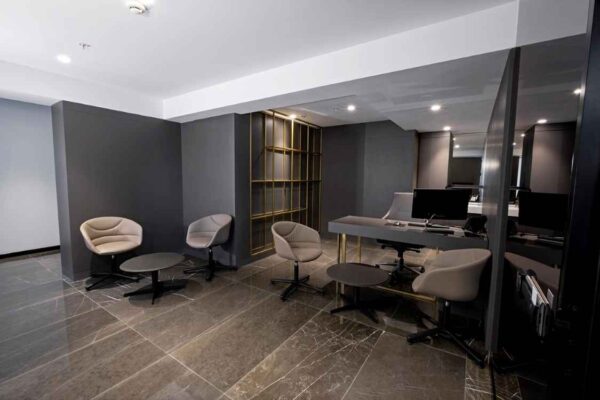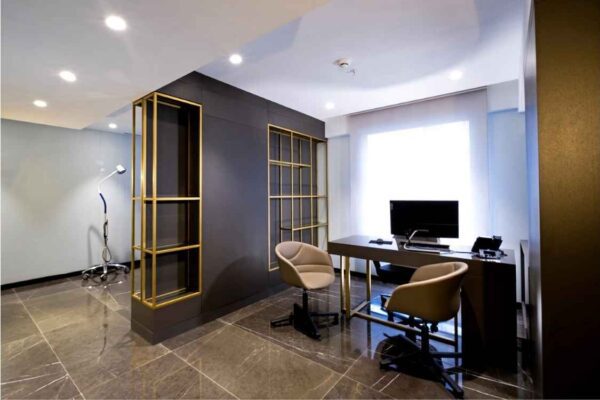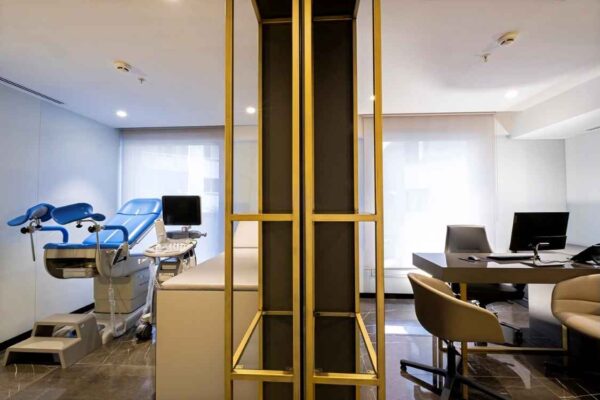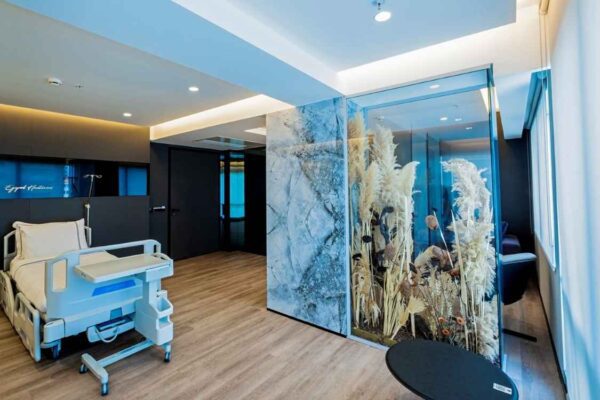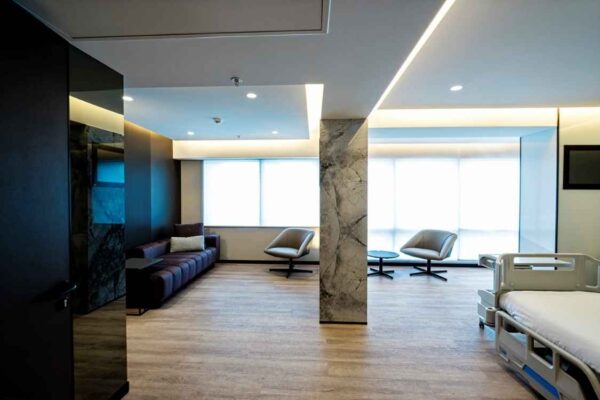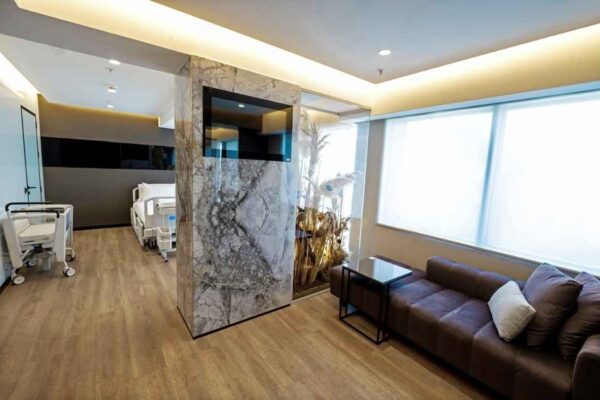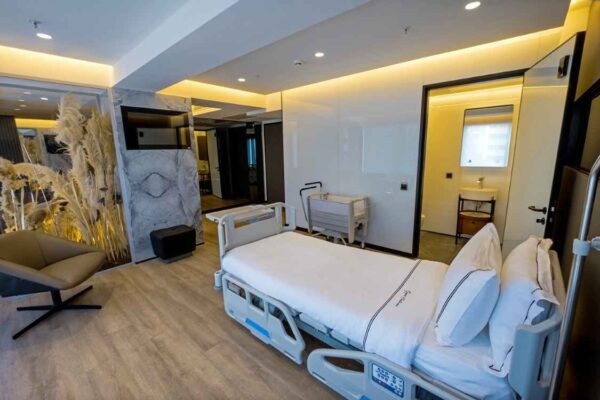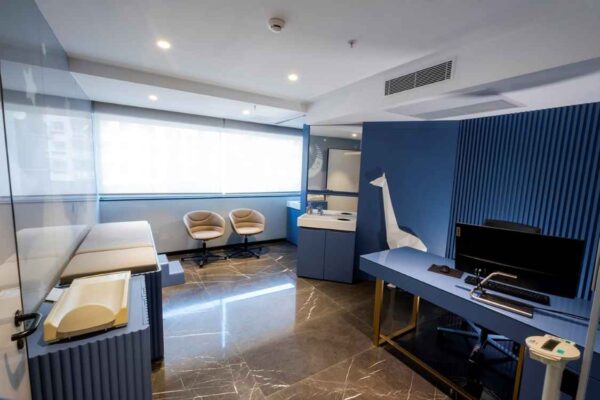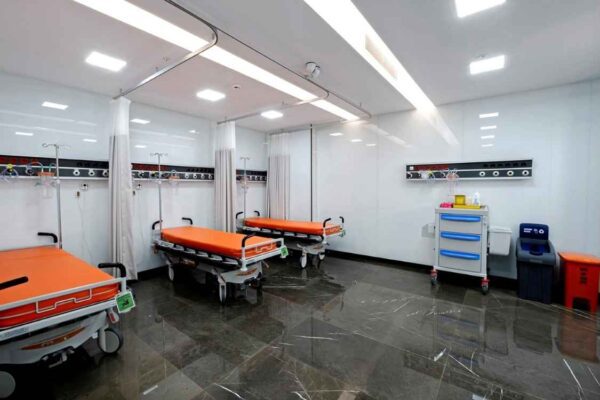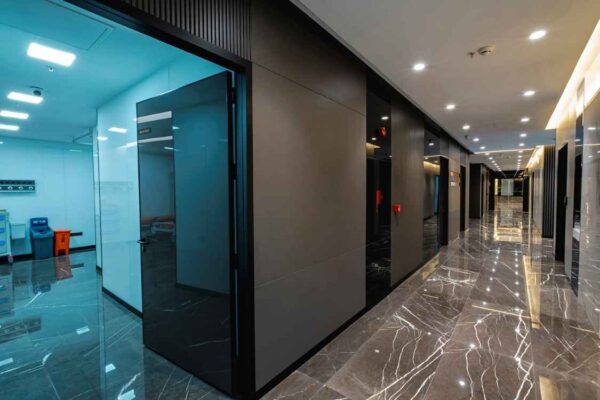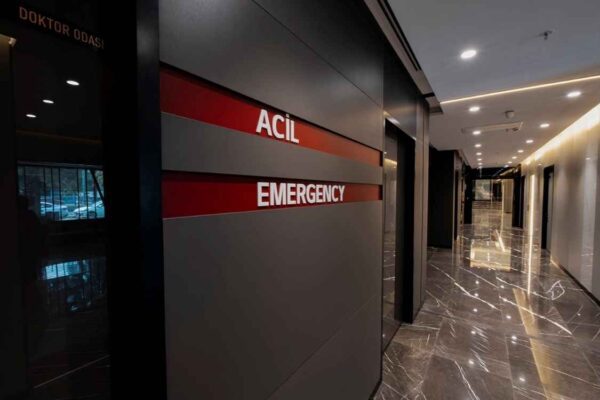Chin reduction is a highly individualized surgery that considers each patient’s particular facial structure and intended result. Patients can discuss their worries and aesthetic objectives with a board-certified plastic surgeon during a preoperative consultation. To choose the best method for chin reduction, the surgeon will consider the patient’s facial anatomy, chin projection, and overall facial harmony.
To attain the required contour and proportion, the surgical approach may entail bone removal or chin repositioning. To improve facial equilibrium in people who have a receding chin, augmentation with implants or fat transfer may be suggested.
When done by a qualified and experienced surgeon, chin reduction is a safe and efficient treatment. Patients can get durable effects that improve their general self-esteem and face beauty. People can get a more harmonious and attractive facial profile that fits their specific beauty ambitions by learning the intricacies of chin reduction and working closely with a skilled surgeon.
How is Chin Reduction Performed?
Depending on the patient’s preferences and the amount of the therapy, chin reduction is typically performed as an outpatient operation under local or general anesthesia. The following steps are involved in the surgical procedure:
- Preoperative Consultation: Patients speak with a board-certified plastic surgeon before having a chin reduction. The surgeon discusses the patient’s aesthetic goals and expectations while also reviewing the patient’s medical history and performing a thorough assessment of the chin and facial structure.
- Incision Placement: To gain access to the chin bone, the surgeon makes carefully thought-out incisions either internally (intraoral approach) or externally (submental approach) under the chin. The patient’s unique demands and objectives are frequently taken into account while deciding where to make the incision.
- Chin Reshaping: To achieve the desired reduction and contouring, the surgeon meticulously reshapes the chin bone by either removing a small section of the bone or repositioning it. Achieving the ideal aesthetic result and face balance depends on this phase.
- Incision Closure: After the required adjustments have been made, the incisions are carefully stitched shut to encourage healthy healing. When making intraoral incisions, the surgeon takes great care to minimize obvious scars.
- Recovery: After the operation, patients are attentively watched in a recovery center before being released. For a speedy recovery, the surgeon offers thorough post-operative care recommendations. In the first few days following surgery, patients may have some swelling, bruising, and soreness, but these side effects normally go away gradually.
What Should Be Considered After Chin Reduction?
To guarantee a quick recovery and the best outcomes after chin reduction surgery, patients should follow the post-operative care recommendations given by their surgeon. During their recuperation, patients should keep the following in mind:
- Rest and Recovery: During the initial phase of recovery, adequate rest is crucial. Patients should refrain from physically demanding activities and adhere to the surgeon’s instructions regarding when to resume normal daily activities.
- Pain management: Following chin reduction, some soreness and swelling are typical. During the initial stages of recuperation, the surgeon may recommend pain medication to treat post-operative discomfort.
- Diet: To reduce stress on the chin area in the days immediately following surgery, a soft diet may be advised.
- Oral Hygiene: Maintaining good dental hygiene is essential for the recovery process. Patients must adhere to the surgeon’s recommendations for oral hygiene and post-meal rinse.
- Follow-up Appointments: It’s critical to schedule frequent follow-up consultations with the surgeon to track the healing process, have any sutures removed as necessary, and discuss any issues that may come up during the healing process.
FAQs
Depending on the clinic or physician, there may be several payment alternatives available for chin reduction surgery in Turkey. Numerous respectable clinics accept cash, bank transfers, credit cards, and other forms of payment. During their initial visit, patients are recommended to ask about the accepted payment methods and any accessible financing options.
The majority of the time, health insurance does not cover chin reduction surgery because it is regarded as an elective cosmetic procedure. Insurance policies often cover procedures carried out primarily for aesthetic reasons but do not cover those that are medically required.
Due to a number of circumstances, cosmetic procedures like chin reduction and others may be more reasonable in Turkey than in certain other nations. Turkey’s lower cost of living and lower operational costs for healthcare facilities help to minimize overall patient costs. The Turkish cosmetic surgery business is highly competitive, which could result in more affordable prices.
To help patients pay for chin reduction surgery, some clinics or medical tourism organizations in Turkey may provide financing solutions. This could take the shape of finance arrangements, medical loans, or payment plans. Prospective patients should ask their preferred clinic about the terms and circumstances of any available funding alternatives.
Turkey normally has no set age restriction for chin reduction procedures. Candidates for the operation should, however, be in generally good condition and have reasonable expectations for the results. A complete assessment by the surgeon results in a case-by-case determination of whether surgery is appropriate.
Chin reduction includes significant risks and problems, just like any surgical operation. However, problems are comparatively uncommon when done by a trained and skilled surgeon. Patients who meticulously adhere to pre- and post-operative instructions and select a respected, experienced surgeon reduce the likelihood of surgery going wrong.
Despite the rarity of post-chin reduction consequences, these are some of the possible dangers: infection, hemorrhage, scarring, nerve damage, and disappointing aesthetic outcomes. To reduce the risk of major complications, patients are advised to select a board-certified plastic surgeon with a successful track record of chin reduction surgeries.
Our Team
Our Hospital
Atilla, Halide Edip Adıvar St.
No:57, 35270 Konak/İzmir




